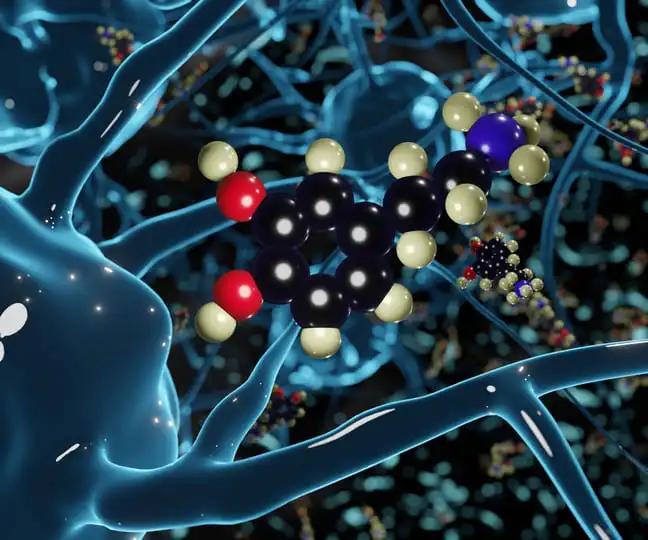KEY TAKEAWAYS
- The phase 1 trial aimed to evaluate the safety and efficacy of escalating AZD1390 doses with RT in brain malignancies.
- AZD1390 with IMRT showed manageable safety and potential as a GBM radiosensitizer; clinical trials continue.
Glioblastoma multiforme (GBM), the most common primary brain cancer in adults, is an aggressive malignancy with limited life expectancy. The standard treatment for newly diagnosed GBM is intensity-modulated radiation therapy (IMRT) with concurrent and adjuvant temozolomide.
AZD1390, an oral, highly potent, and selective ataxia telangiectasia mutated kinase inhibitor, is designed to enhance IMRT efficacy without increasing neurotoxicity. AZD1390 is optimized for blood-brain barrier penetration, confirmed in a PET study with healthy human volunteers (NCT03215381) and a Phase 0 study in people with GBM (NCT05182905).
J. T. Yang and the team aimed to evaluate the safety and preliminary efficacy of escalating doses of AZD1390 combined with RT in patients with brain malignancies.
Eligible adults received escalating once-daily doses of AZD1390 following a Bayesian continual reassessment method. Participants in Arm A (recurrent GBM) received IMRT at 35 Gy in 10 fractions over 2 weeks, while those in Arm C (newly diagnosed, MGMT unmethylated GBM) received IMRT at 60 Gy in 30 fractions over 6 weeks.
Participants in both arms received an additional 2 weeks of adjuvant AZD1390 post-IMRT. Arm B included individuals with brain metastases but was closed due to low recruitment and is not reported. The primary objective was safety; secondary objectives included clinical efficacy and pharmacokinetics.
About 111 people have received AZD1390 (75 in Arm A; 36 in Arm C) at doses ranging from 10 to 900 mg/day. Pharmacokinetics were linear, with a slightly more than dose-proportional increase and a mean terminal elimination half-life of around 9 to 11 hours.
Most participants experienced at least 1 treatment-emergent adverse event (AE); the most common were fatigue (53.2%), headache (38.7%), and nausea (38.7%). Grade ≥3 treatment-related AEs occurred in 18 out of 111 people (16.2%). The maximum tolerated dose was identified as 400 mg in Arm A and 300 mg in Arm C. Dose-limiting toxicities included creatinine kinase elevation in Arm A and radiation skin injury in Arm C.
Treatment was well tolerated, with the majority of AEs being low-grade. AEs led to the discontinuation of AZD1390 in 12.6% of participants. The safety profile was consistent across arms despite the different radiation therapy schedules, with the most notable difference being a higher frequency and severity of radiation skin injury in Arm C, a reversible event. At doses demonstrating target engagement in the Phase 0 study, the median overall survival was 12.7 months (95% CI, 10.7, 18.9, n=21) for Arm A and is still maturing for Arm C.
The study concluded that concurrent administration of AZD1390 and IMRT is tolerated with a manageable safety profile, including at doses shown to achieve clear target engagement in the Phase 0 study. Preliminary efficacy is encouraging in Arm A. These data suggest the potential for AZD1390 to act as a radiosensitizer for the treatment of GBM. A clinical investigation is ongoing.
The trial was sponsored by AstraZeneca.
Source: https://www.abstractsonline.com/pp8/#!/20272/presentation/11418
Clinical Trial: https://clinicaltrials.gov/study/NCT03423628
Yang JT, Wen P, Imber BS, et al. (2024). “Safety and preliminary efficacy of AZD1390 + radiation therapy (RT) for glioblastoma (GBM).” Presented at AACR 2024 (CT043)



